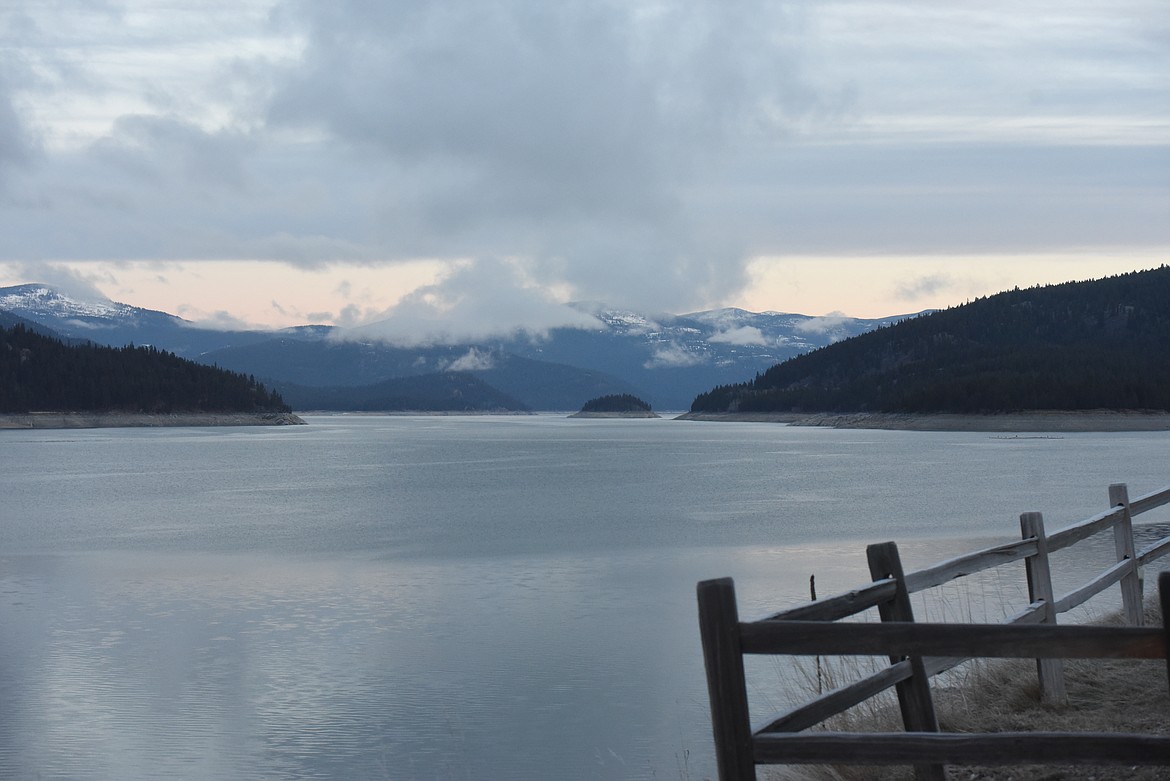Board of Environmental Review seeks selenium rule redo
The quarrel over a Lake Koocanusa water quality standard took an unusual turn recently when the state Board of Environmental Review voted to send a letter to the federal government saying it erred in its earlier adoption of a standard aimed at reducing waterborne mining pollution.
The letter to a top official in the U...
Become a Subscriber!
You have read all of your free articles this month. Select a plan below to start your subscription today.
Already a subscriber? Login



